Understanding Wandbegrünung Indoor
What is Wandbegrünung Indoor?
Wandbegrünung Indoor, or indoor vertical gardening, refers to the method of cultivating plants on vertical surfaces within a building. This innovative approach to gardening brings the beauty of nature indoors, transforming plain walls into lush, green canvases. Indoor plant walls can be composed of living plants, moss, or artificial foliage, offering a wide range of options for both aesthetic appeal and practical benefits. These green walls can be installed in homes, offices, restaurants, and other spaces to enhance the environment and provide numerous health benefits.
The concept of vertical gardening has gained significant traction in urban settings, where space is often limited. With indoor installations, nature is integrated into our everyday life, providing a sanctuary of peace and tranquility amidst bustling city living. To explore various strategies for incorporating green walls in your space, visit Wandbegrünung Indoor.
Benefits of Indoor Plant Walls
Indoor plant walls offer a multitude of advantages that extend beyond mere decoration. Here are some of the most notable benefits:
- Improved Air Quality: Plants are known for their ability to purify the air by absorbing toxins and releasing oxygen. A well-designed plant wall can significantly enhance indoor air quality.
- Enhanced Aesthetics: Green walls add a dynamic element to interior design, making spaces feel more alive and inviting. They can serve as focal points in rooms, enhancing overall decor.
- Noise Reduction: The presence of plants can help absorb sound, making indoor environments quieter and more conducive to relaxation or concentration.
- Temperature Regulation: Living walls can help regulate indoor temperatures by improving insulation and lowering energy costs associated with heating and cooling.
- Stress Reduction: Numerous studies indicate that exposure to greenery can reduce stress levels and promote a sense of well-being.
- Increased Humidity: Plants release moisture through transpiration, which can help improve humidity levels in dry indoor environments.
Common Plants for Indoor Walls
Selecting the right plants is crucial for a successful indoor green wall. Here are some popular plant choices known for their adaptability and aesthetic appeal:
- Pothos (Epipremnum aureum): A resilient and fast-growing vine that thrives in varying light conditions.
- Philodendron: A popular indoor plant that offers lush foliage and requires minimal maintenance.
- Ferns: Varieties like Boston fern and maidenhair fern add texture and soften the vertical space.
- Spider Plant (Chlorophytum comosum): Known for its air-purifying properties and beautiful arching leaves.
- Succulents: Ideal for low-maintenance gardens; they survive well in arid conditions.
- Snake Plant (Sansevieria): Extremely hardy, snake plants can flourish in low light and require minimal water.
Designing Your Indoor Green Wall
Choosing the Right Location
The location of your indoor plant wall plays a vital role in its success. When choosing where to install your green wall, consider the following factors:
- Light Availability: Assess the natural light conditions of the area. Some plants require bright, indirect light, while others can thrive in low-light settings.
- Accessibility: Ensure that the wall is easily accessible for maintenance tasks such as watering, pruning, and harvesting.
- Visibility: Select a prominent location where the wall will be visible and impactful, such as in living areas, entryways, or office lobbies.
Lighting and Watering Considerations
Lighting is an essential element in the success of your indoor plant wall. Depending on the types of plants chosen, you may need to supplement natural light with artificial grow lights. It’s important to monitor the light levels and adjust as necessary.
When it comes to watering, consider a drip irrigation system or self-watering planters that provide consistent moisture without over-saturation. Regularly check the moisture levels in the soil to ensure optimal conditions for your plants.
Creating Aesthetic Appeal with Plant Selection
A visually appealing indoor green wall can be achieved by selecting a variety of plant types, sizes, and colors. Mixing larger plants with smaller ones, varying leaf shapes and textures, and incorporating flowering plants can create a dynamic and engaging display. Consider arranging plants not only for their beauty but also for their growth patterns, ensuring taller plants do not overshadow shorter ones.
Installation Methods for Wandbegrünung Indoor
Step-by-Step Installation Guide
Installing a green wall can be a rewarding project. Here’s a step-by-step guide to help you install your indoor plant wall:
- Plan your design: Sketch out the intended design, including plant arrangements and structures required.
- Choose your structure: Decide whether you want a mounted system, a freestanding unit, or a custom-built frame.
- Gather materials: Purchase the necessary materials, including pots, soil, a framework for support, and any irrigation systems.
- Prepare the wall: Clean the wall and ensure it can support the weight of the plants and structure.
- Install the framework: Secure the framework to the wall, ensuring it is level and stable.
- Plant installation: Fill the pots with soil, then plant your selected greenery. Secure them to the wall using the support structure.
- Irrigation setup: If using an irrigation system, install it according to manufacturer instructions to ensure proper water distribution.
- Maintenance plan: Regularly monitor and maintain your plants for optimal growth and appearance.
Innovative Systems for Easy Setup
Modern technology has introduced innovative systems for setting up indoor plant walls. Semi-automated and fully automated green wall systems provide integrated irrigation and drainage solutions, making installation and maintenance considerably easier. These systems often feature modular panels that can be easily swapped out, allowing for customization and quick upgrades. Pairing these systems with smart technology can enable remote monitoring and maintenance, ensuring that your plants thrive in a hassle-free manner.
Maintaining Your Indoor Plant Wall
To keep your indoor plant wall healthy and visually stunning, establish a consistent maintenance routine:
- Regular Watering: Monitor moisture levels and ensure proper watering schedules based on the needs of your plants.
- Pruning and Grooming: Regularly trim plants to promote healthy growth and remove any dead foliage.
- Pest Management: Keep an eye out for pests and take immediate action to prevent infestations.
- Plant Rotation: If some plants are not performing well, consider rotating in new varieties to maintain a vibrant look.
Cost Factors for Wandbegrünung Indoor
Budgeting for Your Green Wall Project
Creating an indoor green wall can vary greatly in cost depending on factors like size, plant selection, and installation methods. It’s essential to outline your budget early on to avoid overspending and prioritize your expenditures. Including initial setup costs as well as ongoing maintenance will help ensure a successful project.
Price Comparisons: DIY vs. Professional Installation
When deciding between a DIY installation and hiring professionals, consider the following:
- DIY Installation: This option may save money upfront; however, it requires time, effort, and some gardening knowledge. You’ll need to purchase all materials and potentially invest in tools.
- Professional Installation: While initially more expensive, hiring experts can ensure the project is done correctly and efficiently, ultimately saving you time and potential future costs related to improper installation.
Long-term Savings with Indoor Plant Walls
Investing in an indoor plant wall can lead to substantial long-term savings. These installations can help lower energy costs by improving insulation and reducing reliance on heating and cooling systems. Additionally, they can enhance employee productivity and morale in corporate settings, resulting in better business outcomes and lower turnover rates. With a focus on quality design and maintenance, an indoor green wall can serve as a sustainable, long-lasting investment for any space.
FAQs About Wandbegrünung Indoor
Are Living Walls Difficult to Maintain?
Living walls can require more maintenance than traditional plant arrangements, as they depend on specific watering and light conditions. However, with proper planning, maintenance can be streamlined. The use of an irrigation system can particularly aid in reducing maintenance time.
What Plants Are Best for Indoor Walls?
Choosing the best plants for your indoor wall will depend on the light conditions and your level of commitment to care. Hardy plants like snake plants and pothos are great for beginners, while more delicate varieties may require more experience in plant care.
Current Trends in Indoor Greenery
As indoor greenery continues to grow in popularity, certain trends have emerged. Minimalist designs with fewer, larger plants are rising in trend, as well as the use of technology in plant care with smart irrigation systems. Furthermore, themes such as biophilic design emphasize the connection between indoor environments and nature, driving the demand for living walls.
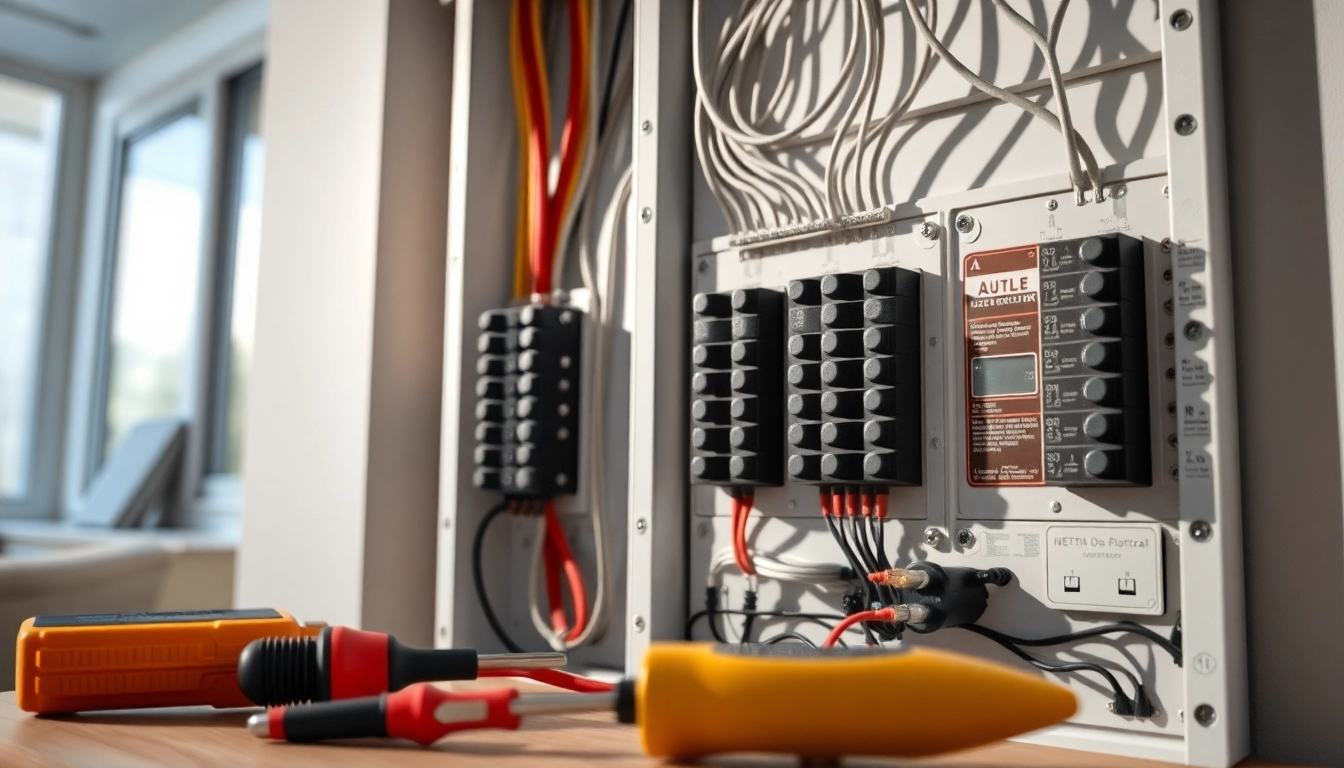

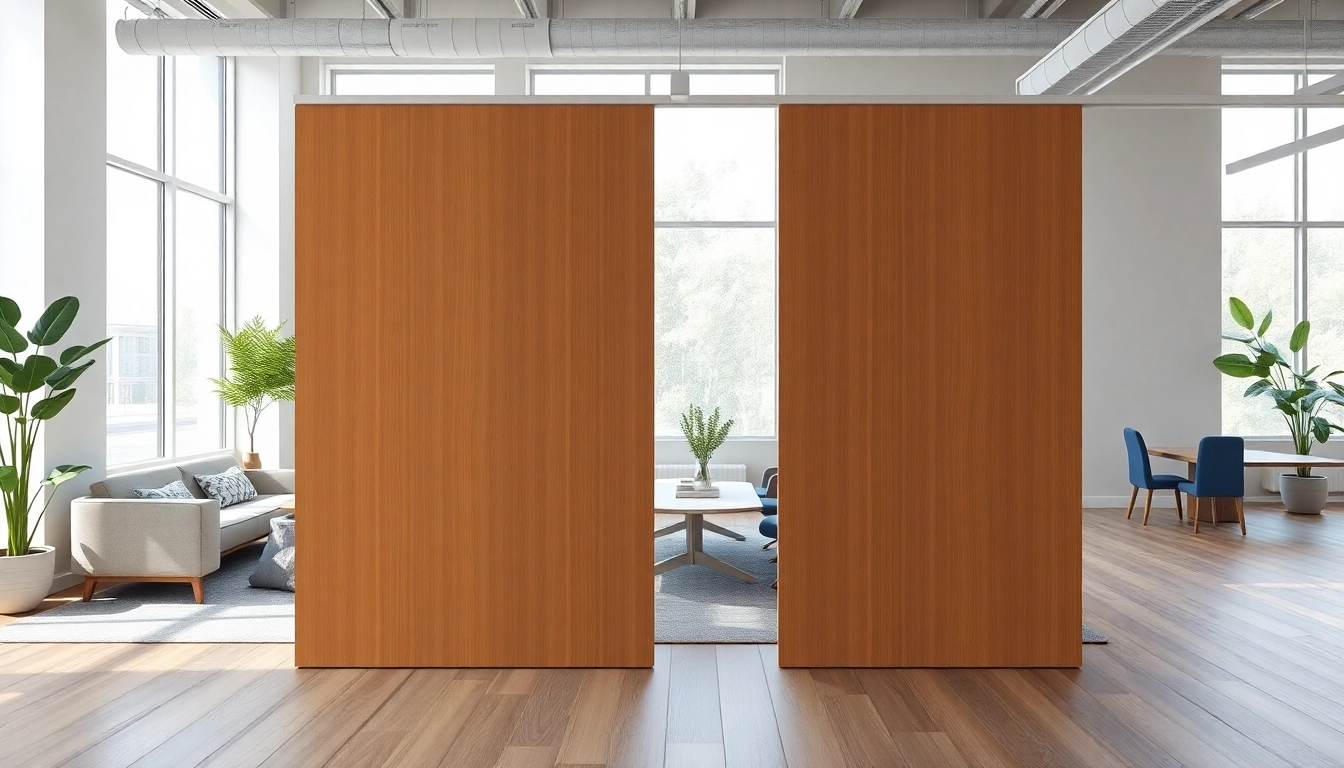
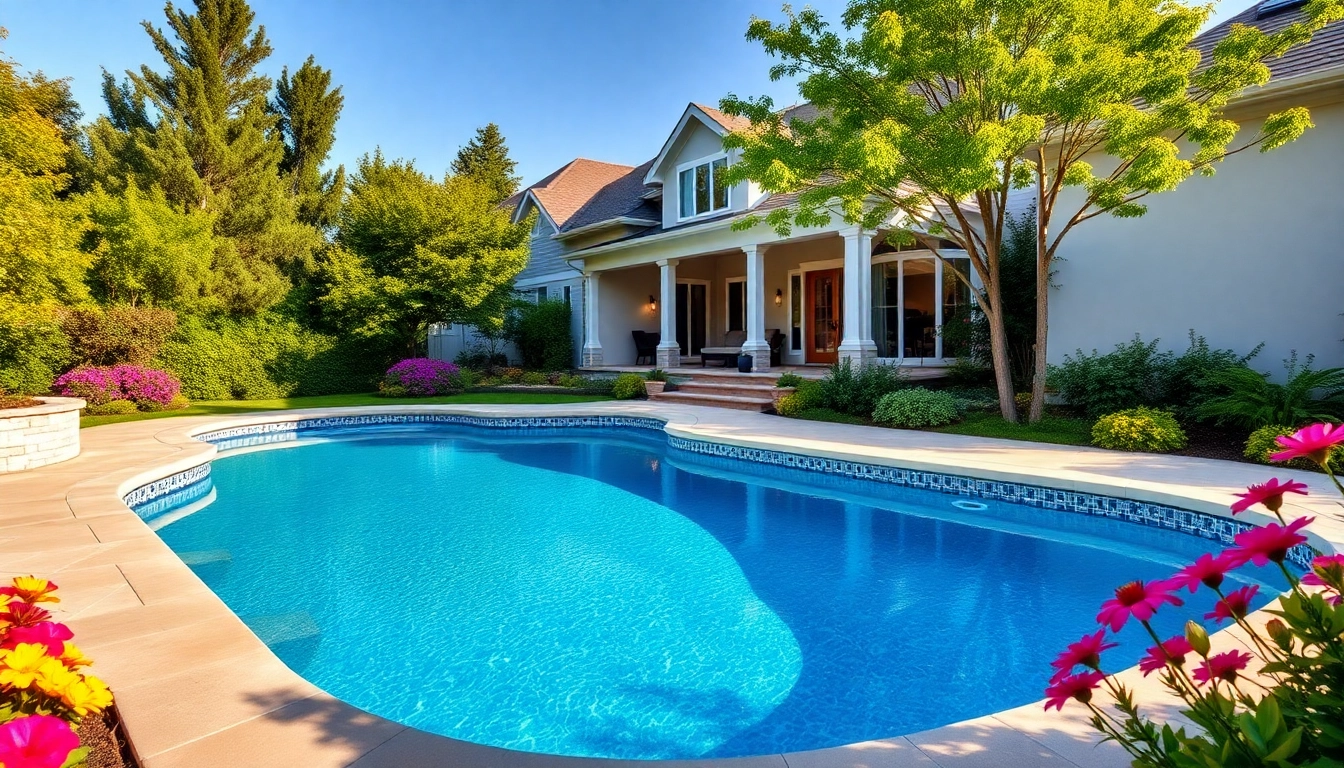
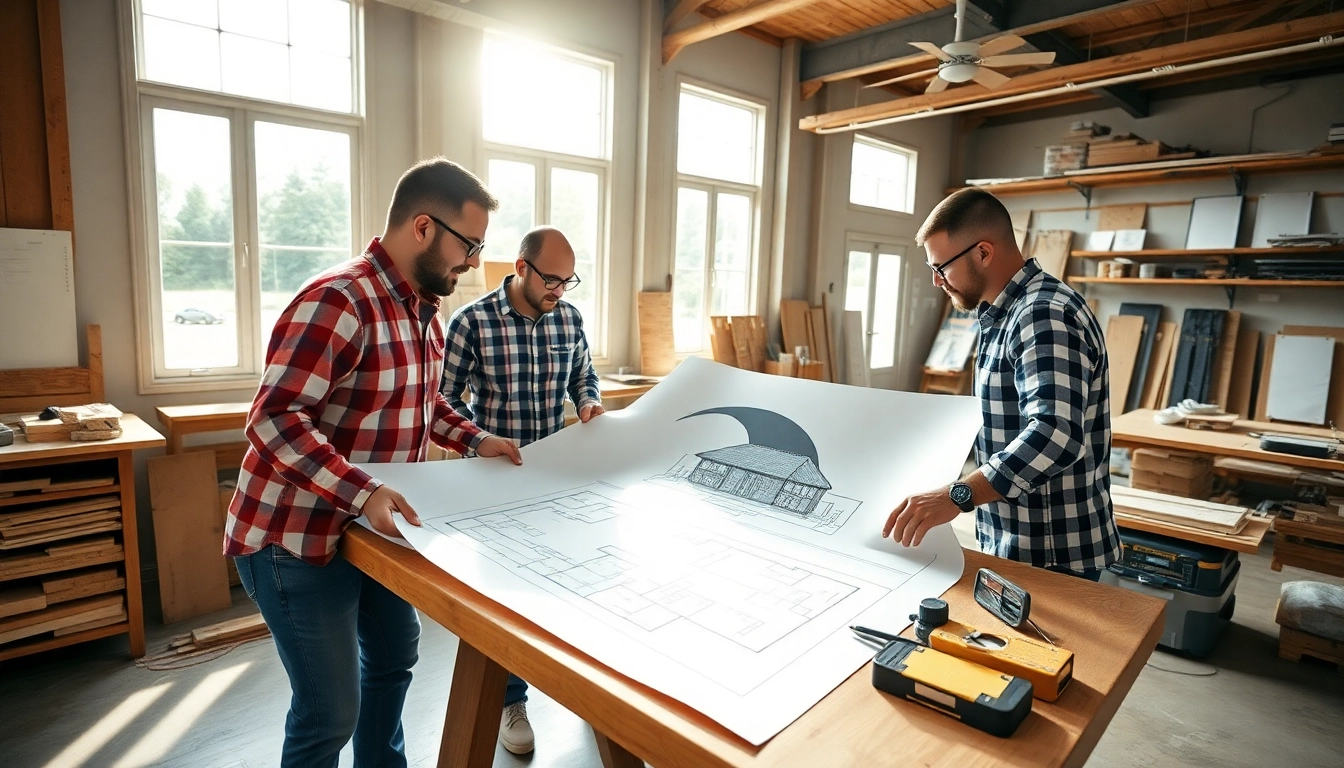
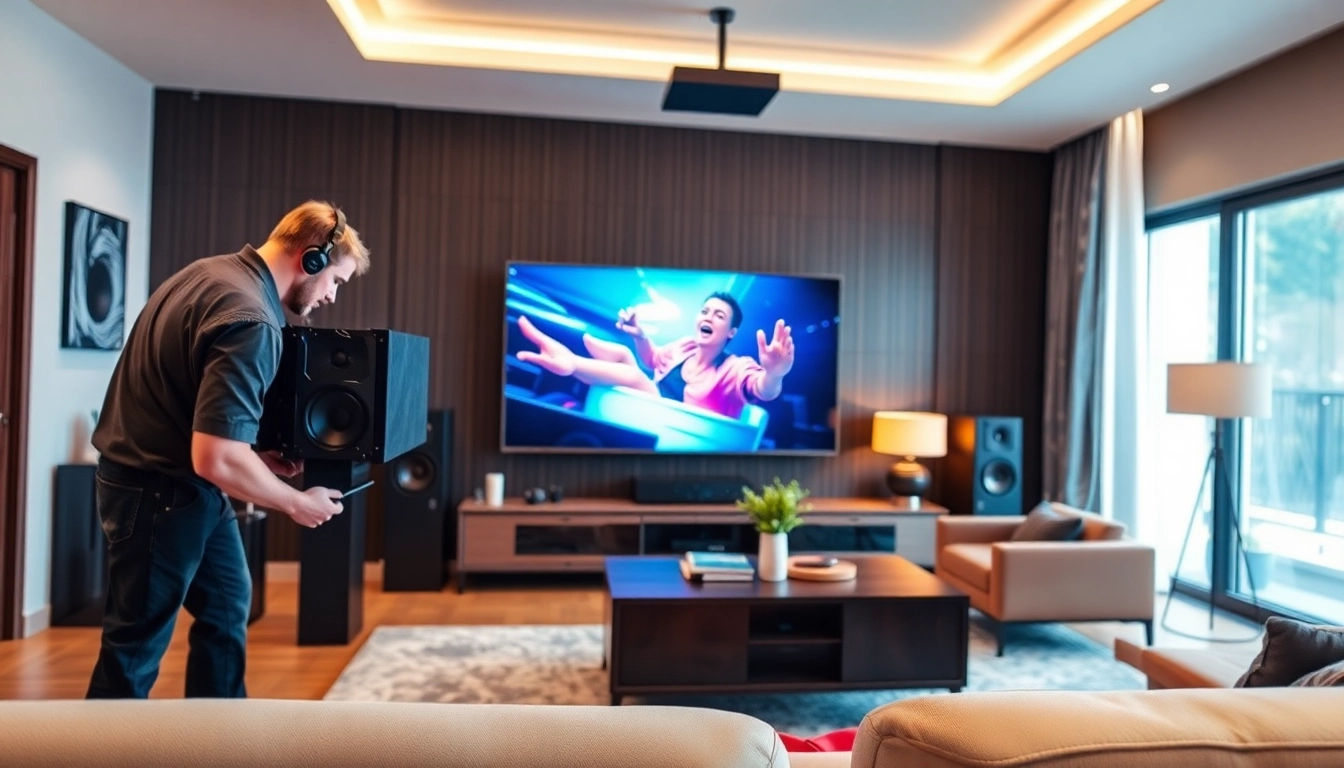
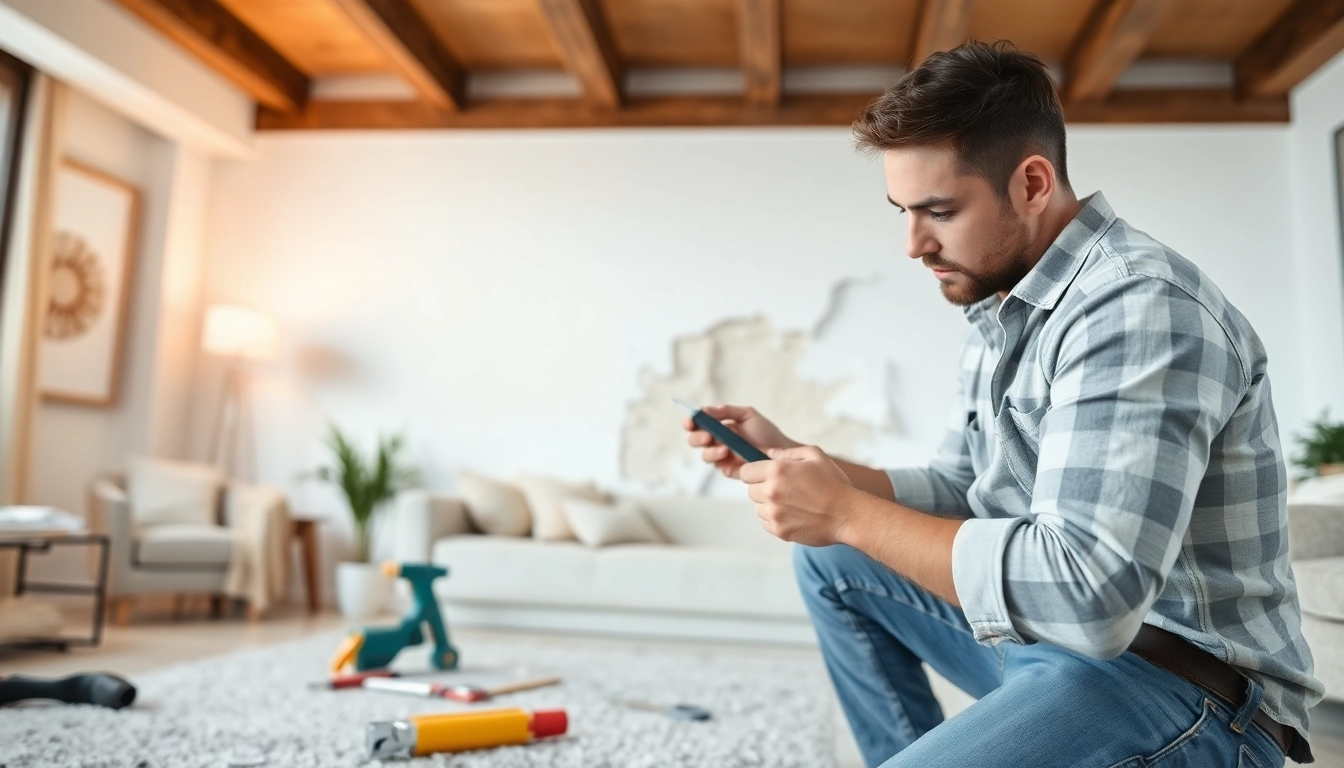

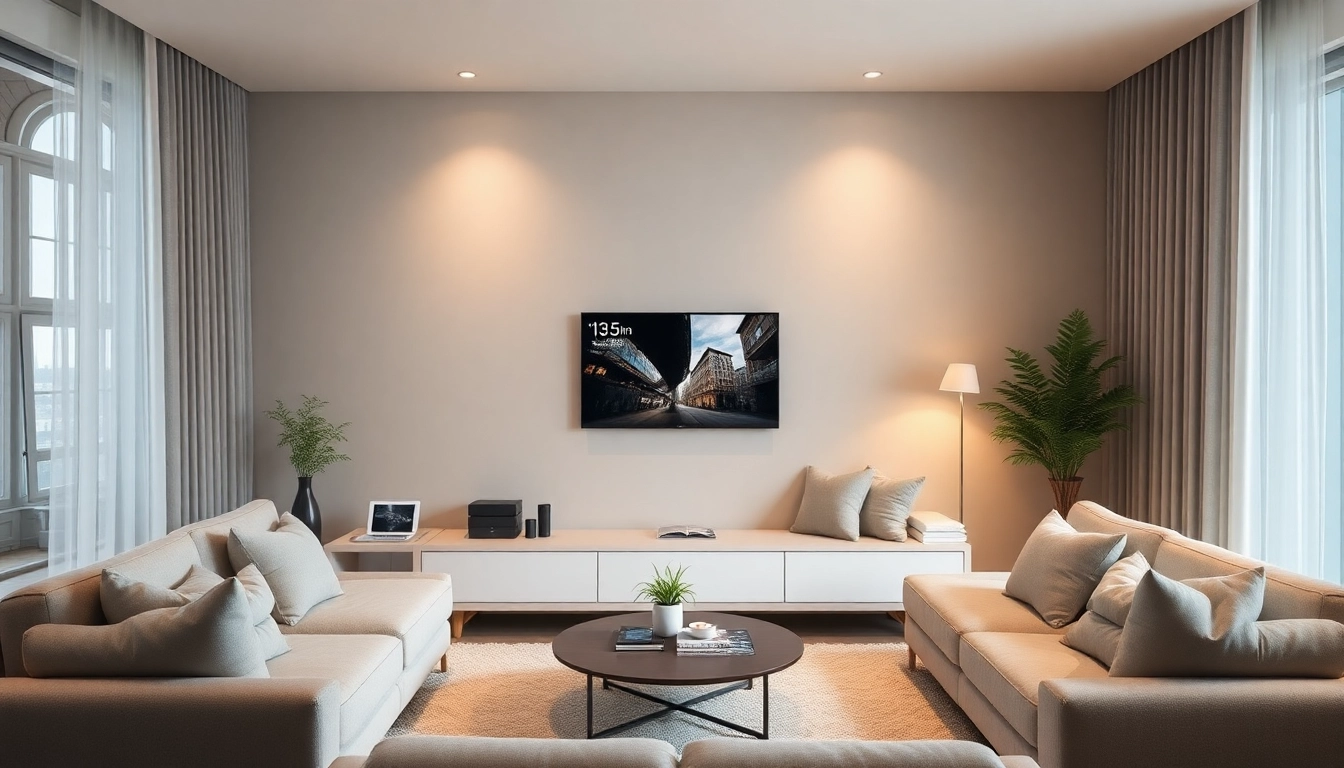
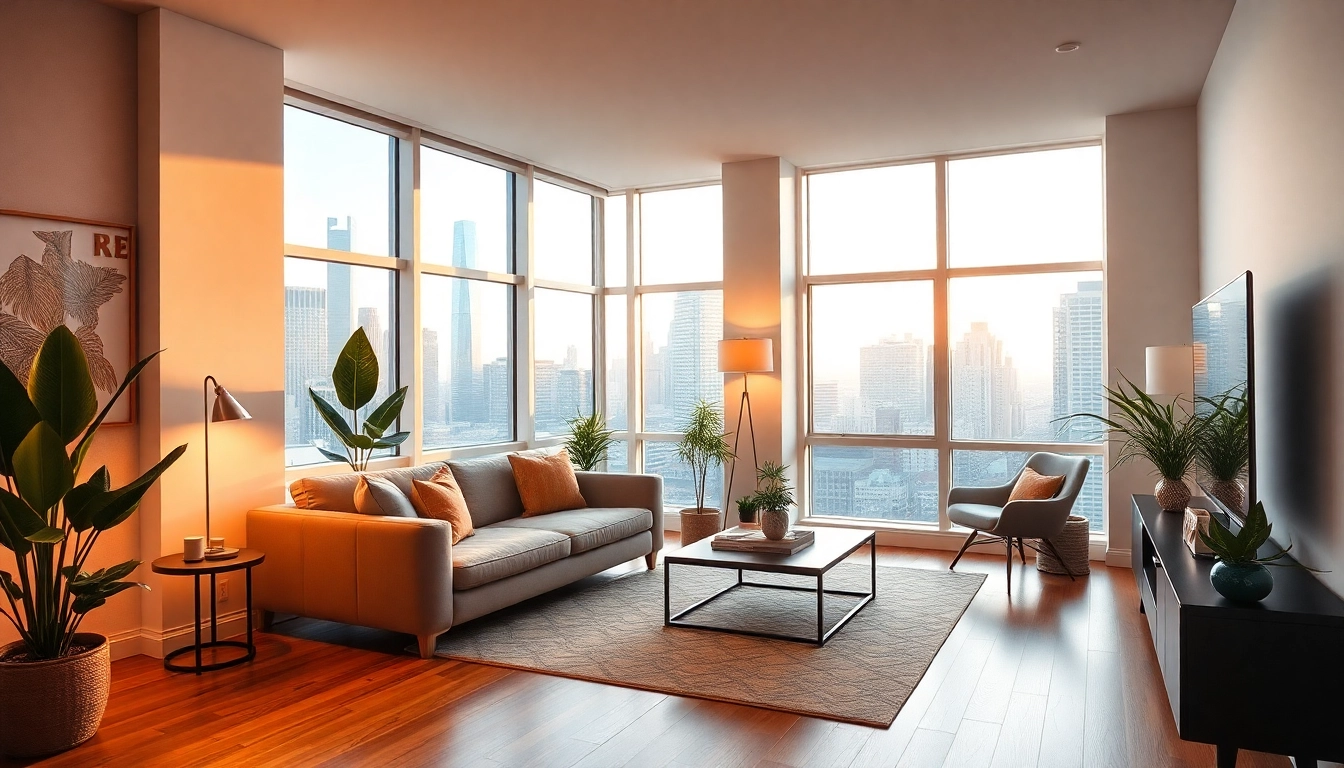


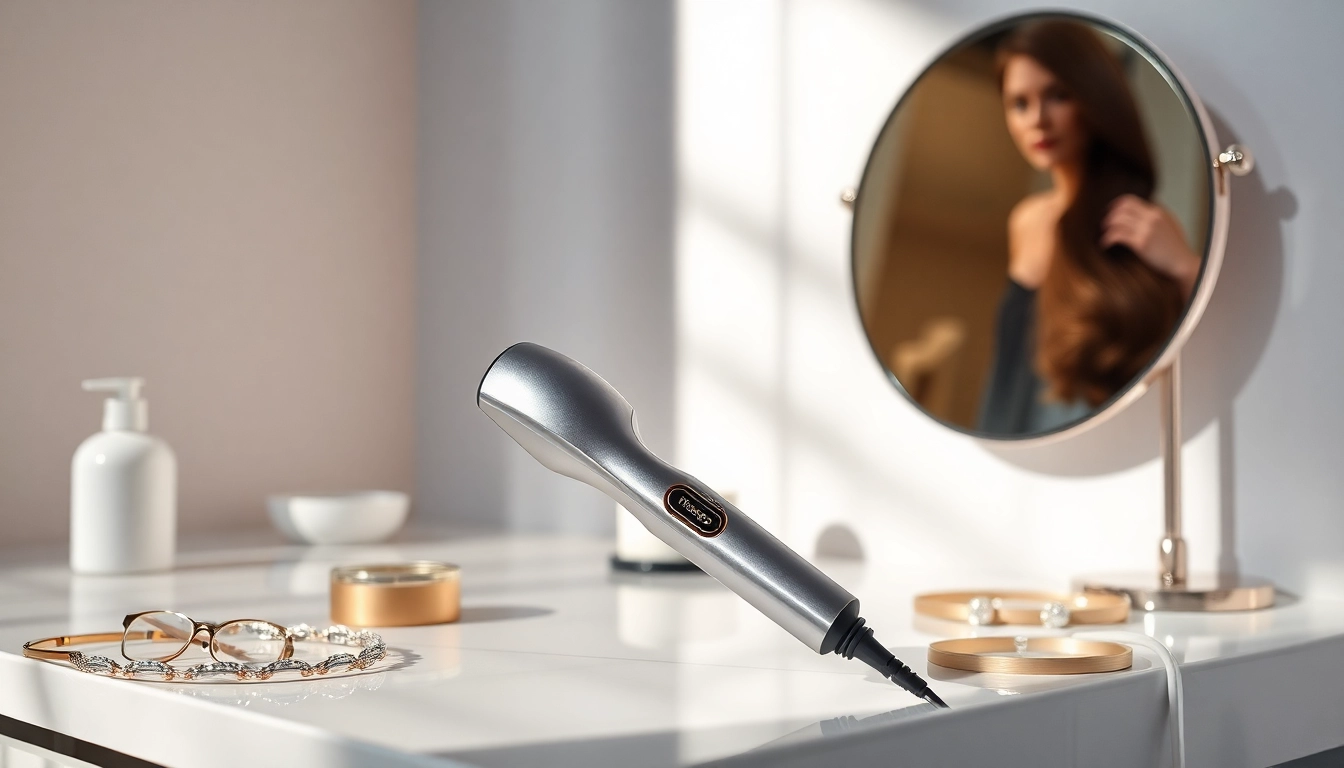

Leave a Reply